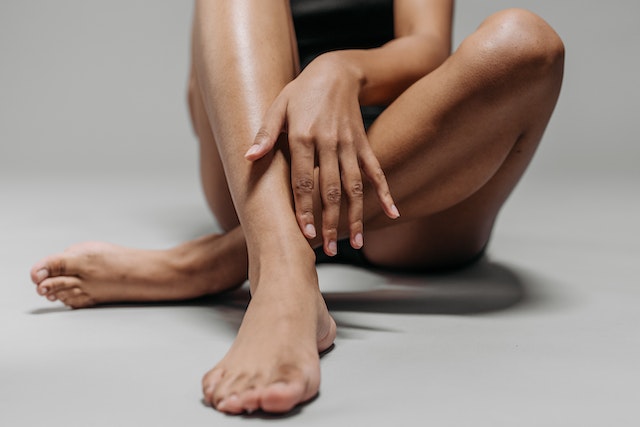A high arched foot, also known as a cavus foot, is the opposite of a flat foot. Instead of the foot rolling down (pronating) to have a low or flat arch, a high-arched foot keeps sliding down very little and retains a high and curved arch, with frequently greater weight on the outside of the foot.
Your foot type may be described as having high arches, but this does not indicate whether or not this is desirable. High-arched feet, like flat feet, have several characteristics that make you more sensitive to injury than a neutral foot type. But, just because you have high-arched feet does not always guarantee that you will have foot discomfort regularly.
Causes of Pain
Claw-like positions for the toes are common in those who have feet with high arches. This particular foot type has a predisposition towards a relatively stiff nature and frequently lacks some shock-absorbing qualities. Symptoms such as shin, knee, heel, and back pain are more likely when the foot does not roll in properly, which prevents it from adequately absorbing stress. This causes these structures to be pushed to take on more force than they are typically designed to, resulting in discomfort.
Factors of High Arch in Feet
Because the arrangement of the bones within the foot is genetic, it is usually always the case that this alignment is passed down from either the parents or the grandparents. High-arched feet can also be caused by neuromuscular illnesses such as Charcot-Marie-Tooth Syndrome.
Symptoms and Signs of High-arched Feet
Glancing at your feet when they are lifted off the ground is not a reliable method for determining a person’s foot type. In addition to having a high arch or a cave-like appearance in the middle of the foot, you may also note that the ball of the foot and the heels of the foot have calluses, that the toes may curl upward, and that the foot may tilt outward somewhat. Also, it could be more challenging to obtain shoes that are a good fit.
Treating High Arch Feet
If a high-arched foot does not cause pain or other symptoms, a person may not need any treatment. Nevertheless, therapy is frequently recommended if the condition worsens or causes discomfort. Your podiatrist will build a personalised treatment plan for you after a thorough consultation, after which they will determine the particular therapy that you require based on the symptoms that you are experiencing. This treatment plan can include the following:
Customised Foot Orthotics
The insertion of these inserts into the shoes allows for more control over the mechanics of the foot when the wearer is walking. This positions the feet in a more functional posture, which makes it easier for the foot to absorb stress and more quickly adapt to uneven ground.
Change your Footwear
Make alterations to your footwear to ensure sufficient cushioning and that the shoe is not forcing the foot more outwards than it already is.
Stretch
It is also necessary to address the stretching of tight muscle groups to successfully alleviate symptoms.

